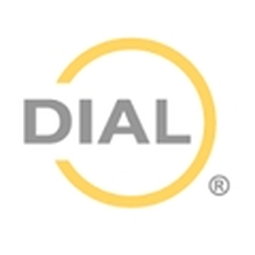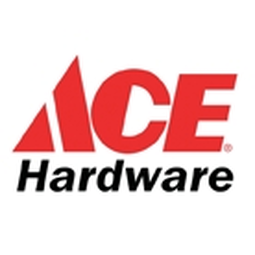Case Studies.
Our Case Study database tracks 18,927 case studies in the global enterprise technology ecosystem.
Filters allow you to explore case studies quickly and efficiently.
-
(6)
- (4)
- (1)
- (1)
- View all
-
(1)
- (1)
-
(1)
- (1)
- (1)
-
(1)
- (1)
- (1)
- (1)
- (1)
- (1)
- (1)
- View all 5 Industries
- (2)
- (1)
- (1)
- (2)
- (1)
- (1)
- (1)
- (1)
- View all 7 Use Cases
- (3)
- (2)
- (1)
- (1)
- (7)
Selected Filters
7 case studies
|
Data Warehouse for Sales and Inventory Management | Dial
Informatica
Dial needed a solution that would: improve sales performance, establish more effective sales promotions and product distribution strategies, reduce IT support and increase agility, and lower costs: new requirements for data were expensive and slow to turn around.
|
|
Hardware Retailer Uses Data Warehouse to Track Inventory
Informatica
Ace tracked which products retailers ordered, when they were ordered and shipped. However, the company could not track or forecast actual sales. Data used for reporting was up to a one-week old, owing to performance and data cleansing issues. Requirement to integrate wholesale and inventory data with POS data to help drive key business decisions, improve category management, lower inventory costs and optimize pricing. Reliance on custom coding to integrate POS data was excessively resource intensive and led to major performance constraints.
|
|
Data Warehouse to Reduce Maintenance Costs for Car Rental Company
Informatica
Europcar needed to: implement a holistic enterprise-wide decision support system: integrate data from sources across Europe, and ensure data quality and consistency.
|
|
Emerson Process Management
Informatica
Emerson's old address verification systems couldn't handle language barriers and non-standardized address formats, which proved to be a major obstacle in dealing with international address validation. Emerson needed an address verification system that would cover their expansive list of countries and native character sets, provide superior customer support and be simple and cost-effective to implement and manage.
|
|
Transforming Complex Technology Into Extraordinary Business Performance
Informatica
• Lack of complete visibility into status of individual transactions• Absence of consolidated view to manage operations and optimize use of cash reserves• Reliance on a slow, expensive, and outsourced process to develop, test, and deploy new transaction formats
|
|
Streamlining Pipeline Operations and Customer Onboarding with March Networks
Informatica
March Networks, a leading provider of IP video surveillance software and systems, was facing challenges with its legacy data architecture. The company had numerous point-to-point integrations that were difficult to maintain and often required custom coding. This complex web of integrations was slowing down the company's operations and making it difficult to streamline processes. The company decided to implement Salesforce CRM to support its customer pipeline, but the integration between Salesforce and SAP, the system of record for their accounts, was critical and complex. The company also needed real-time integrations to support its website and online portal, which were tied to Salesforce. The challenge was to modernize the company’s data processes and applications to align with March Networks’ growth ambitions, while also making integration processes more reliable and less prone to failure.
|
|
Leveraging IoT to Combat Homelessness: A Case Study on Community Technology Alliance
Informatica
The U.S. Department of Housing and Urban Development (HUD) reports over half a million homeless people on the streets in the United States on any given night. The Community Technology Alliance (CTA) has been working since 1991 to collect data on homelessness and match individuals to available housing and services. However, as CTA's mission evolved, it faced the challenge of enabling housing providers and human services agencies to exchange data, eliminating the need for clients to contact multiple organizations or provide their information multiple times. CTA also aimed to help communities comply with the Homeless Emergency Assistance and Rapid Transition to Housing (HEARTH) Act of 2009, which requires a coordinated or centralized assessment and placement system to prioritize access to housing and services. Compliance is demonstrated using an Annual Performance Review (APR) that community agencies submit to HUD. Communities that don’t comply risk losing their homeless assistance grants.
|







